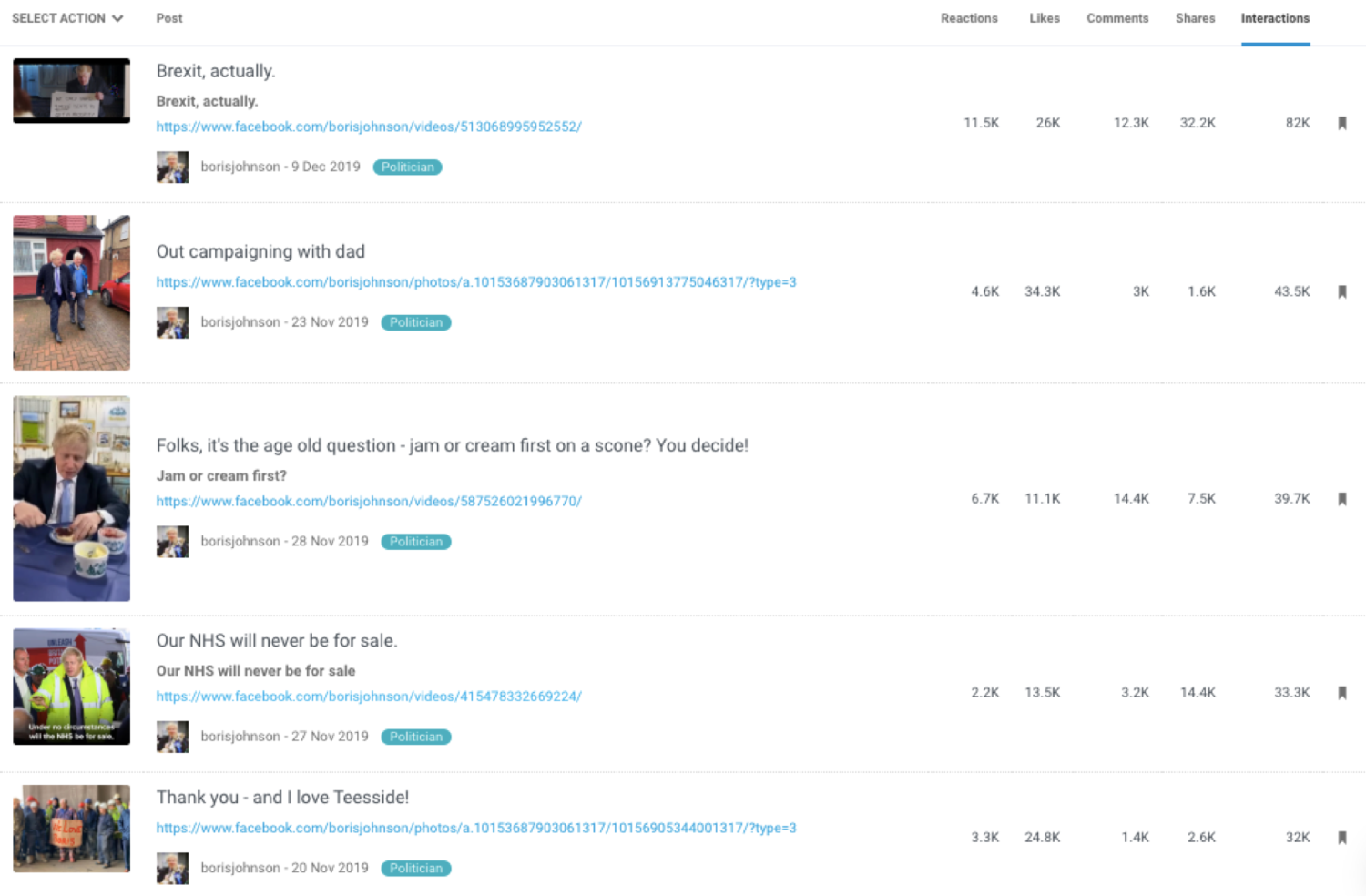Jeremy Corbyn: Hyperleader?
With the emergence of new forms of communication come new forms of political leadership.
We hear accounts such as that of Carlo Levi in the 1930s, when exiled to a village so far removed from the modern currents of Italian life, “bypassed… by history itself” that residents referred to their countrymen as ‘Christians’. Inhabitants gathered in the centre of the village to hear the voice of Mussolini triumphantly broadcast tales of military success in North Africa – the only other icon of the brave new fascist state in Aliano being a modernist public toilet, abandoned to local animals whose waste sits putrefying on a hilltop.
By the 60s, we saw the differences in political strategy necessitated by the rise of television. In The Selling of the President 1968 Joe McGinniss outlined the tactics undertaken by Nixon’s campaign team – determined not to allow a repeat of ’64, when despite being perceived as a winner on radio, a new mass of television viewers deemed Tricky Dick to be a sweaty stumbling mess in comparison to the telegenic JFK.
Pioneering in the use of focus groups, and dependent on antidemocratic beliefs about how the “television-conditioned age”, as Nixon’s advisor Raymond K. Price called it, could be used to present more emotionally manipulative messaging. This could make more “malleable”, aiming for “more a gut reaction, unarticulated, non-analytical, a product of the particular chemistry between the voter and the image of the candidate”.
The same is happening now. As in the early 30s, a collapse of economic stability has coincided with new, more direct and omnipresent forms of communication to help produce rapid political upheaval. Candidates and policies that would have been strange to imagine being at the forefront of politics a decade ago are now taking centre stage across the world.
JEREMY CORBYN: HYPERLEADER?
Paolo Gerbaudo, Director of the Centre for Digital Culture at King’s College London, writes of the hyperleader, a leader who becomes “the intermediary between the people and their party”. A phenomenon of the social media age, the hyperleader embodies the needs and passions of supporters at a time when trust and membership in organisations like trade unions and political parties is a fraction of what it was a few decades ago.
The heavyweight champion of Europe in this regard is Matteo Salvini, who regularly pushes everything from his dinner to videos of incidents involving migrants to his 4 million Facebook followers – over 10% of the turnout at the Italian general election of 2018.
Corbyn is also given as an example of a hyperleader, with evidence given of his ability to energise a ‘superbase’. This consists of the people who encounter and react to his posts day after day, spreading the message and enthusiasm to friends in digital and physical spaces, and the activists Labour get out on to the streets.
Even unauthorised use of Corbyn’s account holds a certain charm to his base
Gerbaudo points to the way Corbyn vastly outstripped Theresa May for Facebook interactions in the build-up to the 2017 election, when a surge in support led to a strong overperformance compared to expectations when the flash election was called. This preceded a wave of ‘euphoro-Corbynism’, the leader’s name ringing out at music festivals and on social media throughout the summer.
For this reason, we’ll start our investigation into how Corbyn’s hyperleadership might be reflected at this election with Facebook engagement.
FACEBOOK INTERACTIONS
We look now at the number of interactions the leaders of Labour and Conservatives received in the build-up to the 2017 and 2019 elections. To compare performance, we’ll operate on a countdown system, where ‘0’ represents polling day and ‘-30’ thirty days before.
A steadier picture is provided by moving averages, which even out some of the natural fluctuations, so the figures used represent the average number of daily interactions in the 7 days leading up to the day in question.
The graph below shows Corbyn’s Facebook clearly outstripping his opponents in both elections and improving on the performance from 2017 this time around.
Johnson’s activity on the platform appears to have stagnated somewhat after a peak in September – at which point he was above Corbyn. He had been keeping pace with the Leader of the Opposition fairly well until an election became a realistic possibility (in 2019, purdah begins at -36).
This chimes with a sense that Johnson is increasingly hiding from public scrutiny. His campaign has relied on redirecting everything to simple statements about Brexit, the manifesto appeared short and late, he reneged on an interview with Andrew Neil and ultimately hid in a fridge to avoid questioning by Piers Morgan the day before the country goes to the polls.
From the point an election becomes inevitable, we see Corbyn’s Facebook machine go from strength to strength – pushing above 700,000 engagements 11th December alone, with polls opening the next day. Such huge engagement provides invaluable spread of communications for a party with less money to spend on advertising than the Conservatives and helps campaigners to get out on to the streets in the dead of winter.
Further, we see that Corbyn is fulfilling the definition of a hyperleader in being the means by which his party’s ideas are encountered on social media. Since the beginning of purdah, we see below total engagements for all the leaders and parties on Facebook.
Data collected afternoon 11th December
While Labour and Conservatives both receive broadly comparable levels of engagement as parties, Corbyn vastly outstrips his opponent on Facebook.
This could be vital on a platform often seen as pivotal for persuasion. On Facebook people are less siloed than on follower-based platforms like Twitter and we are often exposed to the beliefs of others we trust due to longstanding personal relationships. Such social proof is particularly valuable in an age of widespread political claims with disputable facticity and a generalised distrust of media institutions.
CORBYN AS A PLATFORM
There is a noticeable shift between Corbyn’s most popular Facebook posts in 2017 and 2019.
In the last election, the most popular posts in the month prior to polling tended to feature Corbyn either addressing rallies or the camera directly. Nine of the top twenty hinged on the magnetism of Corbyn in this way .
This time around, only two of the top twenty posts from Corbyn’s feed are videos focusing on the man himself and the rally scene is not prominently utilised.
Those two video posts are more light-hearted compared to the barnstorming leader of 2017. One tasks Corbyn with illuminating as much of the manifesto as possible in 60 seconds and the other seeing him read out ‘mean tweets’.
Both highlight the more endearing aspects of Corbyn’s character, but it may be telling that the second-most watched video on his account is actor and comedian Rob Delaney’s face-to-camera piece about the NHS.
Another quarter of the top posts are direct screenshots from Corbyn’s Twitter, a technique that Labour have used to good effect this campaign as it is quick, cheap and direct, getting across a message in a simple, unpolished way.
In this sense it could be something of an antidote to the heavily focus-grouped and neatly-polished materials we remember from the New Labour years and does make the communication seem more personal.
While Corbyn himself is less at the forefront at the messages, the way Labour can use his platform for day-to-day engagement with the base is invaluable.
If the party are to pull off one of the great political surprises of our times, activating their supporters to make sure messages are spread further to friends and family and getting what is generally reported to be an unprecedented amount of canvassers on the streets in the middle of winter is sure to be a major contributing factor.
BREXIT NOT BREADTH
There is also a telling qualitative sense of difference between Corbyn and Johnson’s output.
Corbyn’s material is diverse and the top 20 most popular posts alone include ones with primary focus on each of the NHS, inequality, Brexit, Iraq & foreign policy, anti-immigration narratives – alongside criticisms of Boris Johnson and Donald Trump and populist outcries against billionaire newspaper owners. This is leaving aside that the third most popular post consists entirely of Corbyn listing out dozens of manifesto promises to the camera.
Johnson’s profiles, however, are a different matter. In the past month, 7 of the top 20 posts are dedicated to getting Brexit done and a further seven are soft pieces relating to things like pictures of supporters or talking about scones. The rest, which tend to lag behind, cover crime and justice, immigration and defences of the NHS.
In 434 original Tweets posted in the past 30 days, over half (221) mention ‘Brexit’ or the ‘get [it] done’ slogan. Another major issue on which the Tories are trying to defend their record – the NHS – was mentioned in only 19 posts.
The way in which Johnson has shrunk behind the icon of Brexit, is dodging interviews and has struggled for social media traction shows that while he may share some friends and positions with Donald Trump, he has none of the off-the-cuff charisma the President of the US uses to engage a rabid base of support.
Conservatives currently have no one who appears capable of energising a base and, though he has more or less sat out this election, it is worth wondering if someone like Nigel Farage might re-emerge to galvanise the British right – which, though it may well win this election, seems to be playing by an outdated rulebook and winning by habit as much as anything else.








